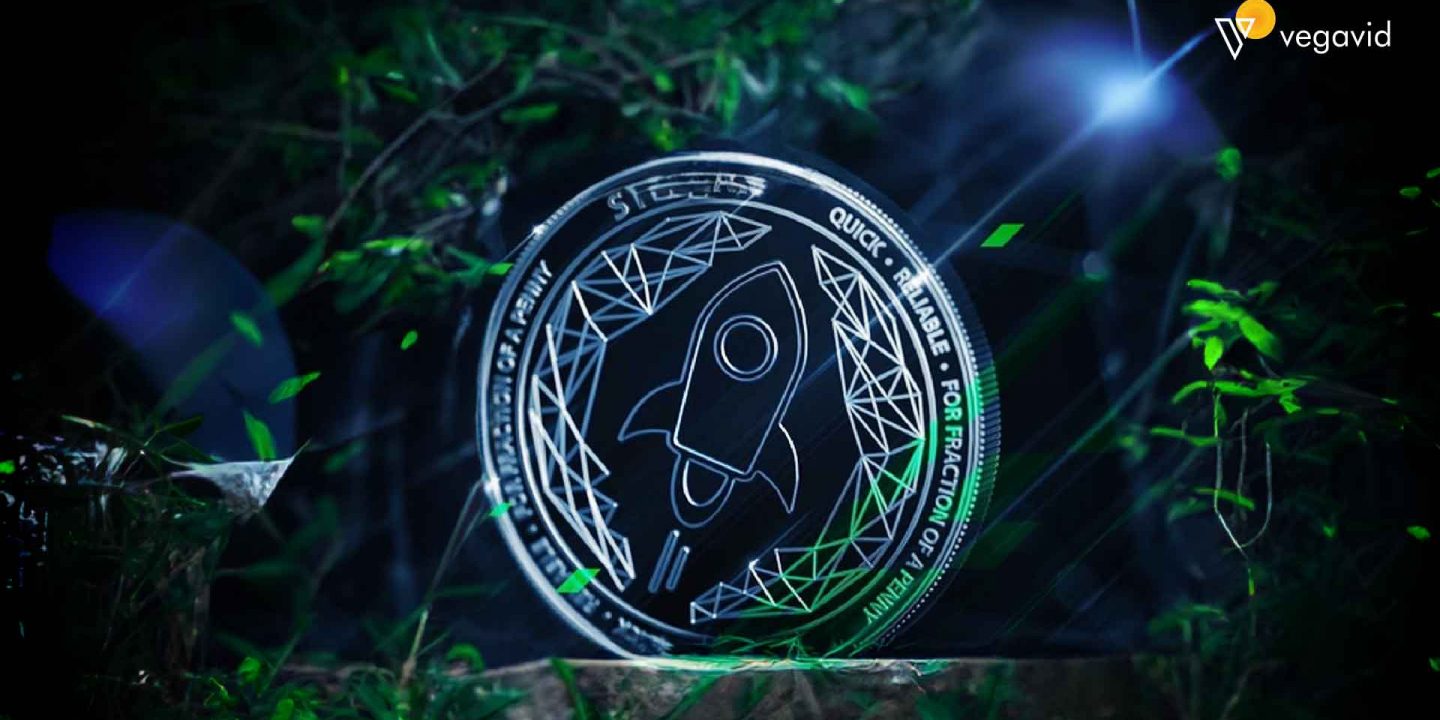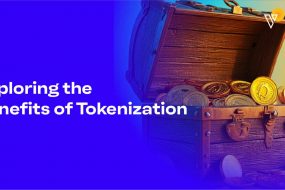
Stellar is an open-source blockchain network that allows for the flexible creation of tokens to represent almost any digital asset. As decentralized finance grows, being able to difficulty tokens on networks like Stellar opens up many possibilities. In this blog submission, we can walk up the stairs to create a token on the Stellar network from start to finish. We’ll cowl defining the important thing parameters, issuing the initial tokens, and verifying the token was successfully created. By following these steps, anyone can leverage the power of blockchain to issue their own tokenized assets on Stellar.
Stellar Network and Its Capabilities
Stellar is a decentralized network that allows for fast and low-cost financial transactions globally. It was created to make cross-border payments easy and accessible for everyone. On the Stellar network, anyone can send or receive money internationally in just a few seconds regardless of borders or currency.
The network uses its virtual forex called Lumens (XLM) to strengthen the transfer of finances between exclusive currencies. Anyone with a web connection can create a loose Stellar account and keep Lumens of their account. From there, they can send or acquire money from different Stellar accounts after just a small transaction rate of only fractions of a penny. This makes it extremely low-priced for people and agencies to do international money transfers.
Stellar also allows the creation of custom tokens on the network to represent other assets like dollars, euros, or precious metals. These custom tokens make it possible to quickly exchange between different currencies directly on Stellar. So, anyone can convert dollars to pesos, pesos to rupees, or any other currency pairs in real time at low exchange rates. All of this is possible through smart contracts and decentralized consensus without any centralized middlemen.
Importance of Creating Tokens on The Stellar Network
It is possible to create custom tokens on the Stellar network that represent real-world assets. These tokens allow assets like currencies, stocks, bonds, and commodities to be digitized and transferred over the network. Creating tokens on Stellar has many benefits for businesses, financial institutions, and individuals.
By issuing tokens that correspond to national currencies, companies and organizations can facilitate fast international money transfers at lower costs. This makes remittances more affordable. Tokens that represent other assets allow them to be traded directly on the Stellar DLT platform. Now stocks, precious metals, or property can be exchanged globally with just a few clicks.
New tokens can also be used to represent gift cards, loyalty points, or digital coupons for purchases. Businesses gain an inexpensive platform to offer digitally redeemable worldwide. Individuals have more options to send value across borders instantly. Issuing tokens even lets startups launch initial coin offerings to raise capital through crowd investing.
Overall, custom tokens on Stellar increase the usability and liquidity of any asset by bringing it onto a global, decentralized network. This opens up new opportunities for financial inclusion, commerce, and fundraising. As more tokens are created, the Stellar ecosystem grows in utility, giving more incentives for adoption and investment in the network.
Prerequisites for Creating a Token
To make a token on Stellar, you first need a Stellar account to hold the tokens you will issue. You can create a new account through the Stellar account explorer or any Stellar wallet. Accounts require a base reserve of around 5-10 Lumens to pay transaction fees.
You will also need developer knowledge to work with the Stellar network. Tokens are created by writing configuration code through the Stellar SDK APIs or horizon server. Basic coding skills in JavaScript, Python, Go or other languages supported by the SDKs are necessary.
The token details like name, number of decimals, and maximum supply need to be defined. A smart contract called an anchor must be set up to handle the transactions and mappings between the token and the underlying asset. An anchor serves as the central entity to redeem tokens for the real asset.
Finally, you have to anchor the token’s value to an asset like a currency. This establishes the conversion rate between the token and the asset. Sufficient funds backing the total supply must also be deposited with the anchor in the asset.
With the needed account, developer skills, and assets in place, you can then start issuing, distributing, and listing the new custom token on Stellar DEXs and wallets for trading. Compliance with regulations may be required if the token is a security.
Step-by-Step Guide to Creating a Token on Stellar
This section will outline the specific steps required to create a token on the Stellar network. We’ll break the process down into discrete tasks that can each be completed sequentially. By clearly defining each step, the goal is to provide a straightforward roadmap for successfully launching your own tokenized asset on Stellar.
Generating a New Stellar Account or Using an Existing One
One of the first steps in creating a token on the Stellar network is to either generate a new Stellar account or use an existing account. To generate a new account, you can use Stellar’s account viewer and click “Create Account”. This will generate a public and private key pair that serves as your account address and signing key. Be sure to save the secret key securely as it controls access to your account.
Alternatively, if you already have a Stellar account, you can use that existing account instead. The account will be used to publish your token asset to the network and hold the token reserve. Having an account set up is essential before you can proceed with further steps like creating your token asset, configuring its parameters, and distributing the supply. Establishing a Stellar account early on lays the groundwork for a smooth token creation process.
Accessing Stellar Laboratory for Token Creation
Another key step is accessing Stellar Laboratory to create your token. Stellar Laboratory is a developer tool that allows you to experiment with Stellar’s features without running your node. Within the Laboratory, navigate to the “Token” section which contains tools to generate new tokens on the network. Here you can fill out details like your token’s name, symbol, decimals, and initial supply. The Laboratory takes care of all the behind-the-scenes steps to construct, sign, and submit the transactions to create your token.
Everything is done through the user-friendly web interface so no coding is required. With just a few clicks, your token asset will be registered and issued on the Stellar decentralized exchange. Using Stellar Laboratory greatly simplifies and accelerates the overall token creation process, making launching a token on Stellar accessible to anyone with basic computer skills and an internet connection.
Defining Token Parameters
one of the important steps is to define the key parameters of the token. This includes giving the token a unique name and code. The name will be how the token is referred to, like “USD Coin” or “Tether”. The code is usually an abbreviation of the name, like “USDC” or “USDT”, and it must be entirely alphanumeric without spaces. You also need to specify the token’s issuing account or issuer on the Stellar network. This is the address of the account that controls the token and is authorized to issue and destroy tokens.
Other important parameters include the total maximum supply of tokens that can ever exist, the number of decimals the token supports, and whether or not accounts are allowed to hold zero or sub-zero balances of the token. Defining these core identifying parameters is an essential part of building the token on Stellar.
Setting Token Policies
When creating your token asset, you need to configure key policies like the maximum supply, inflation rate, and number of decimals. The maximum supply establishes the hard cap for your token’s circulation. You can set it to a fixed amount or leave it open-ended. The inflation rate lets you increase the supply algorithmically over time. This mimics how central banks target 2% annual inflation. Decimals define the divisibility of your token – for example, 8 decimals allow subdivision up to 0.00000001 tokens. Higher decimals enable smaller payments.
Carefully choosing these parameters allows you to tailor your token’s monetary policy and usefulness as an exchange medium. The Stellar Laboratory provides fields to set these properties. Reasonable defaults are pre-set, but you can customize them as needed. Establishing clear policies upfront aligns stakeholder expectations, promotes transparency, and avoids confusion down the road as your token circulates on Stellar.
Issuing the Token and Verifying Its Creation on the Stellar Network
the next step is to issue the tokens by sending a payment transaction from the token issuer account on the Stellar network. This transaction instructs the blockchain to create a specified number of the new tokens being issued. You can start with creating the full maximum supply all at once or start with a smaller initial issuance. Once the transaction is submitted to the network, it will be included in the next ledger close and the new tokens will officially exist on Stellar. To verify the token was successfully created, you can check tools like Stellar Expert to see the token listed with its defined details. The issuer account will also see the new tokens in its balance if it issued the full supply. Other network participants can now send, receive, and trade the new token like any other issued asset on Stellar.
Conclusion
In conclusion, creating tokens on Stellar is a straightforward process that allows developers, projects, and organizations to take advantage of blockchain technology. By defining parameters, issuing tokens, and verifying creation on the distributed ledger, anyone can build the basic framework for a new digital asset. Of course, additional development is often required for features like distribution, exchanges, and other functionality. But having a token on Stellar allows projects to gain exposure and develop in the expanding universe of decentralized applications and finance. I hope this overview provided helpful guidance on how to get started with creating your tokens on the Stellar network.








